Hello and happy August!
I think if you asked the average person about moths, they might say one of two or three things, including that they come out at night or that they are white and small. Maybe that they eat clothes. Do you know much about moths? Have you ever actively gone out looking for them and if so, what have you found?
This summer I learned from my friend Kim about a night-blooming flower called a Tina James Magic Primrose and spent several nights in Kim’s yard, watching the flower and the moths that were attracted to the flowers. I’m working on a post featuring some cool videos of the moths and flowers that will publish later this week. I hope you’ll check it out! I’m really excited about it and can’t wait to share it with you. Kim captured some fabulous videos of the moths feeding on the flowers…stay tuned!
Meanwhile, did you know there are flowers that open at night and attract moths? Or that moths are attracted to fragrant flowers that are light colors so they can be easily seen in the darkness? Some examples include jasmine (Cestrum nocturnum), Angel’s trumpet (Brugmansi versicolor), moonflower (Ipomoea alba), Bouvardia longiflora “Albatross,” spider flower (Cleome), flowering tobacco (Nicotiana) like “perfume white” or “only the lonely”, honeysuckle (choose native varieties), and petunia (choose white or light colors and pass on the double flowers that have a lower nectar content.) If you group some together and then go observe them at dusk, you may just catch of glimpse of moths visiting them. You can create your own “moon” garden!
I think the one thing that most people would be shocked to learn is that there are A LOT more moths than there are butterflies. Both butterflies and moths belong to the order Lepidoptera which roughly translates to scale wing. Know why? Because both butterflies and moths have wings that are covered with thousand of tiny overlapping scales. If you ever get a chance to look at a butterfly wing under a microscope, I recommend it, as you won’t believe the details. Have you ever? Perhaps you’ve touched a moth or butterfly and then noticed a fine powder on your fingers afterward. Know what this is? Those are some of the scales that have rubbed off.
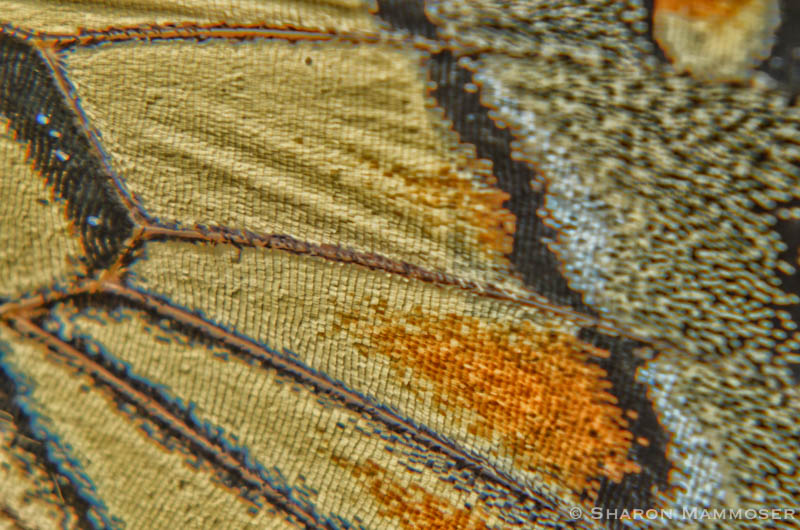

In the world there are roughly 160,000 species of moths, compared to only 17,500 species of butterflies.
In North America alone there are more than 11,000 species of moths which is more than all the mammals and bird species you’ll find in the same place. The variety is amazing! The largest moth–called the Atlas Moth, in the world lives in Southeast Asia and has a wing span of a nearly a foot! Some moths, as you’ll see in the photos below, are great mimics–looking like hummingbirds, wasps, tarantulas and even bird poop.
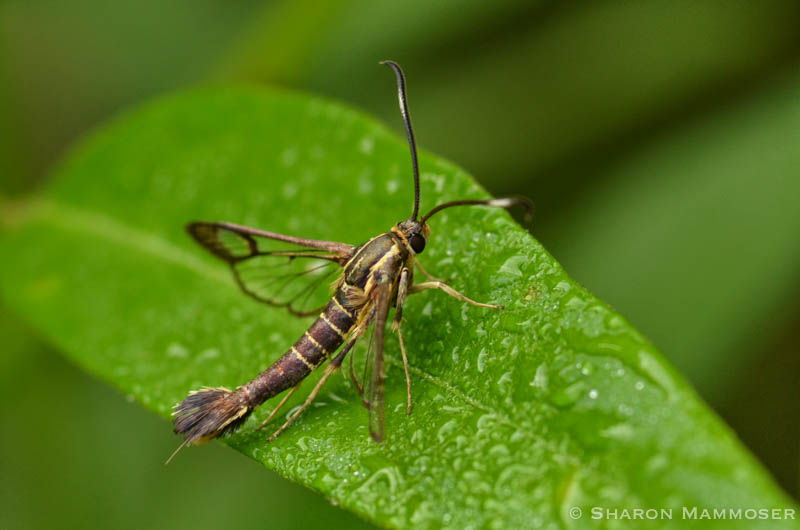
Of course we recognize and know more about butterflies because we see those more since they are active during the day. Would you be surprised to learn that some moths are also active during the day? Perhaps you’ve seen a hummingbird moth in your garden and at first glance thought it was just a hummingbird.
Another fact people might be surprised to learn is that moths DO NOT eat clothing! (It’s the larvae of a few species responsible for the fiber-eating-habit. Adult moths do not eat clothing.) In fact, some moths, including the luna, polyphemus, atlas, promethea and cercropia moths never feed at all as adults. They don’t even have any mouthparts! Most adult moths don’t live very long, from a few days to only a few weeks. As you might have guessed many moths feed on nectar, just like butterflies. And in doing so, their hairy bodies inevitably pick up pollen, transferring it to other flowers. Thus they serve an important role as pollinators, and also as prey for many animals, including birds and bats.
And did you know many moths have an incredible sense of smell? They use their feathery antennae to smell and some female moths emit pheromones that a male moth can smell 7 miles away! Talk about an amazing nose and one very smelly moth! I can remember being pretty smelly when I was thru-hiking the Appalachian Trail, but I bet a person couldn’t smell me from 7 miles away!
All members of the order Lepidoptera start their lives as an egg and then become a caterpillar. Caterpillars vary GREATLY in appearance! (I will do a post one day featuring photos of caterpillars!) Regardless of what they look like, caterpillars are voracious eating machines, munching on a variety of plants. Some, like monarchs, are specialists, eating only one kind of plant (milkweed) while others are more generalists, eating a variety of leaves from many different trees and plants. Members of Lepidoptera differ from other insects in that they have a long, hollow tube called a proboscis that they can roll up when they are not feeding. They use this proboscis to drink nectar from flowers and it varies in length. Some moths are specialists on certain flowers and have a longer proboscis to fit that flower. Sphinx moths have especially long proboscises; in some moths it is as longer than 12 inches!!
Here’s a great story about Charles Darwin and moths, as told to me by Phyllis Stiles: In 1862 Darwin, who lived in London at the time, received a package in the mail from a woman in Madagascar containing several orchid species. One had a nectary that was over one foot long! Darwin predicted that there must be an insect there with an equally long proboscis. The world did not agree, laughing at the very idea of a moth or insect with a proboscis more than 12 inches long! “Impossible,” they said! Before Darwin’s death, no moth was ever discovered, but after his death, more than 20 years after he had predicted it, such a moth was discovered. The moth has a wingspan of 16cm but its proboscis is the amazing part of this moth–measuring from 9-14 inches long! Darwin’s hypothesis wasn’t confirmed though until 1992 when scientists recorded the moth feeding on the orchid. This giant hawkmoth is found only in Madagascar and illustrated Darwin’s theory of coevolution.
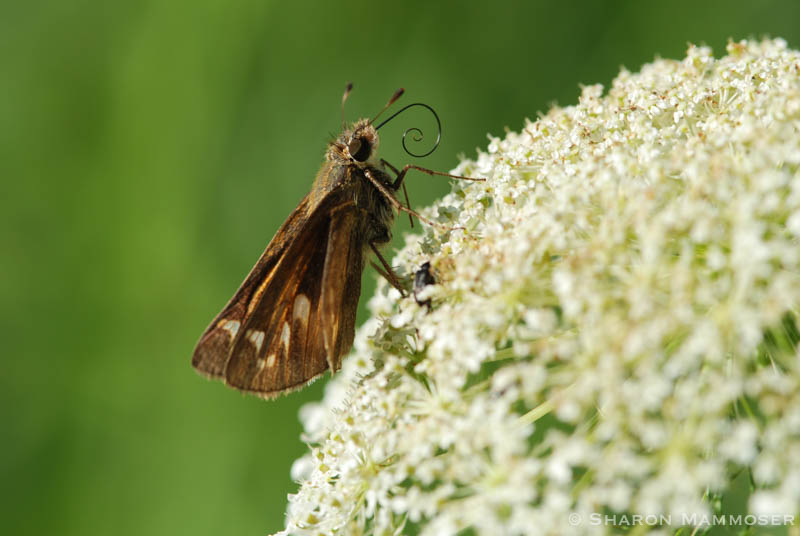
Here are a few differences between butterflies and moths. Adult moths have thread-like or feathery antenna. Butterflies have club-tipped antenna. Most moths are active at night although there are exceptions. Moth caterpillars make a cocoon. Butterfly caterpillars make a chrysalis. Butterflies usually hold their wings closed while resting–moths hold them open. The bodies of butterflies tend to be longer and leaner, less hairy than moths.

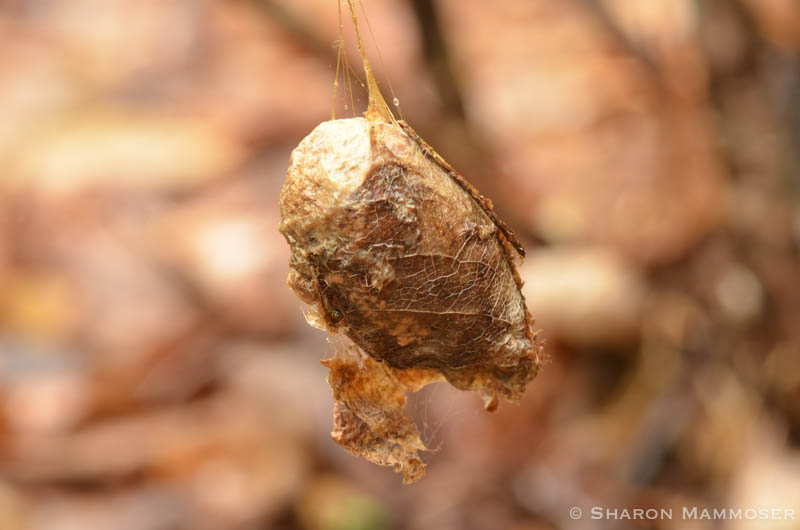
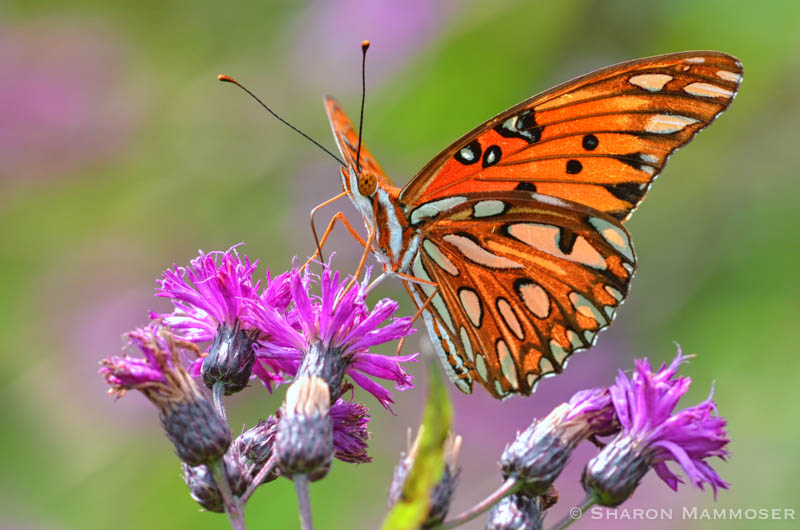
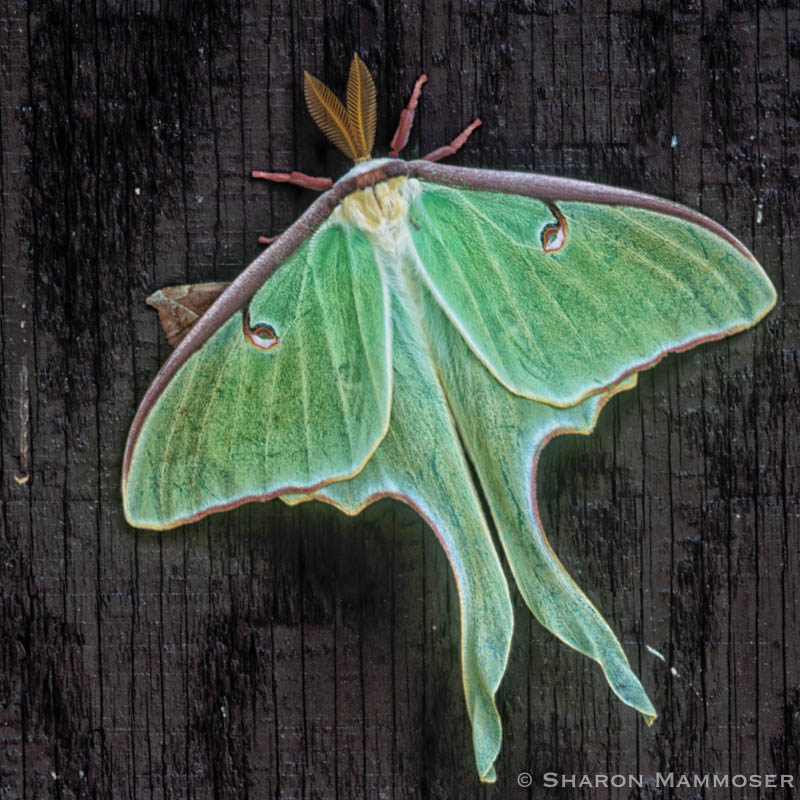
Check out this gallery of some moths I have photographed over the years (and a few courtesy of Kim Bailey!) This is only a small sample! But notice that many are colorful and beautiful and they definitely aren’t all white and boring! Do you have a favorite? Mine is the lovely green Luna Moth. If you want to attract moths to your yard, check out this post I wrote a while ago. Oh, and just wanted to mention that I am not an entomologist so if you think a moth is identified incorrectly, please do let me know! I try my best with the sources I have but I do make mistakes.

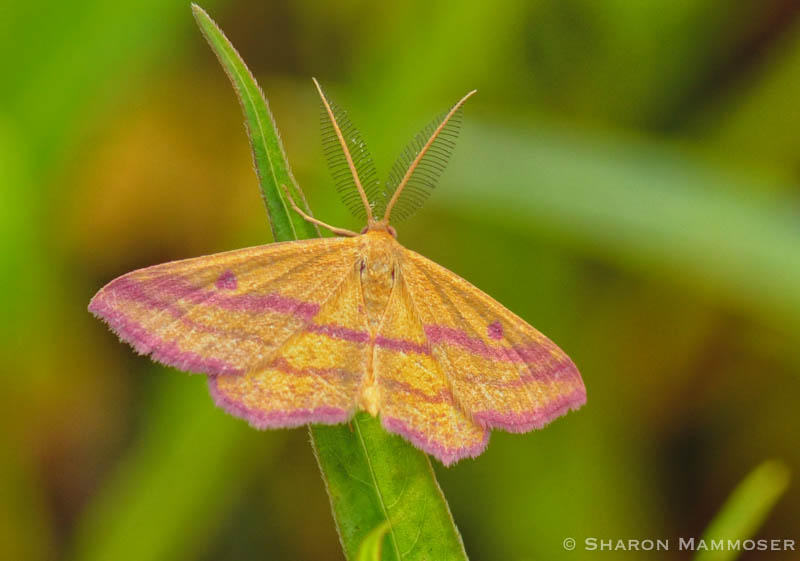
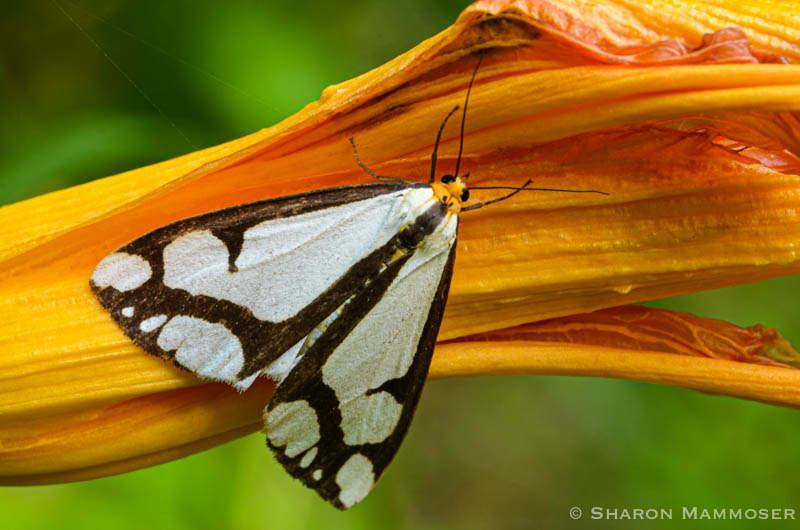
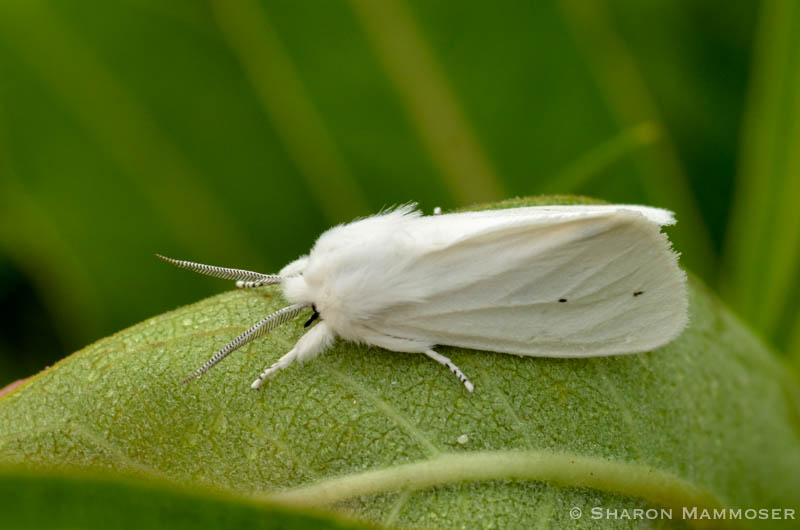
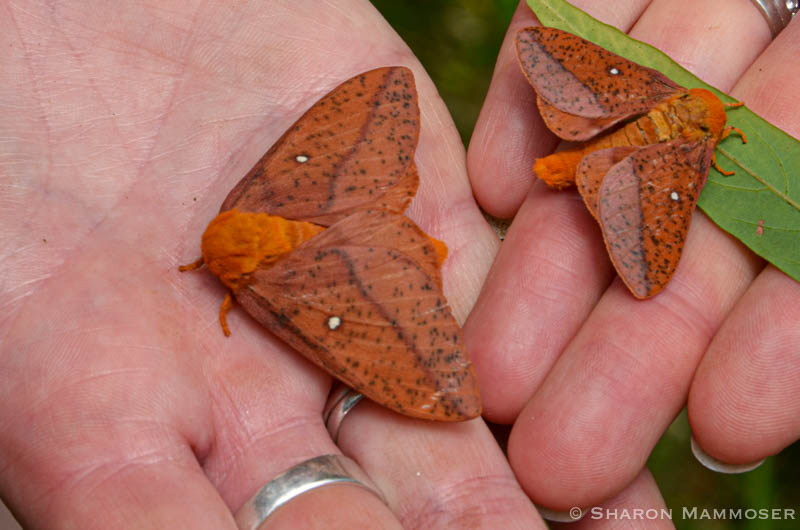
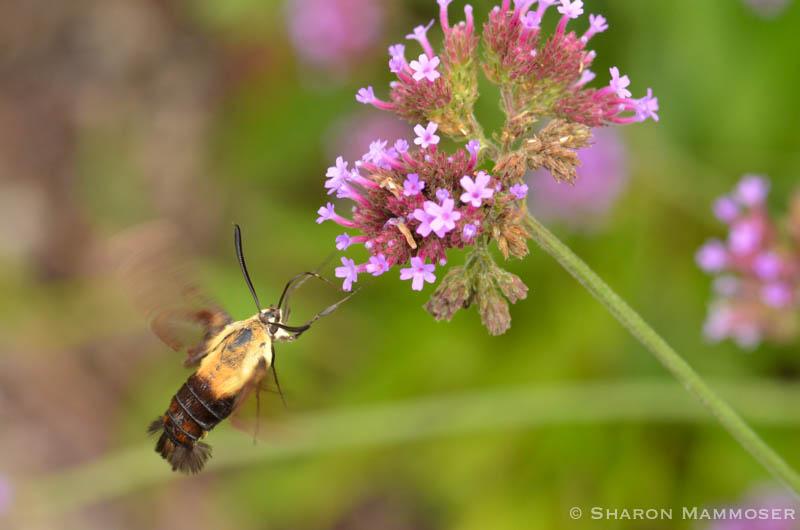
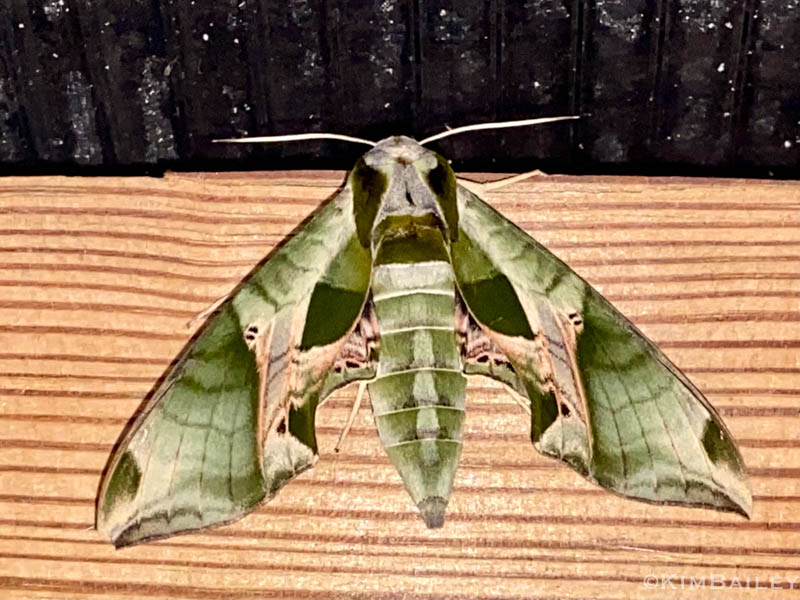
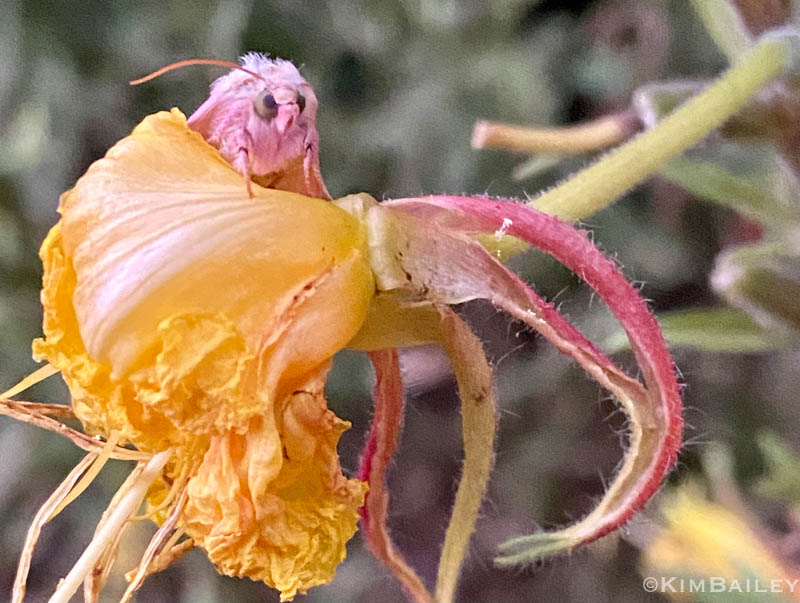
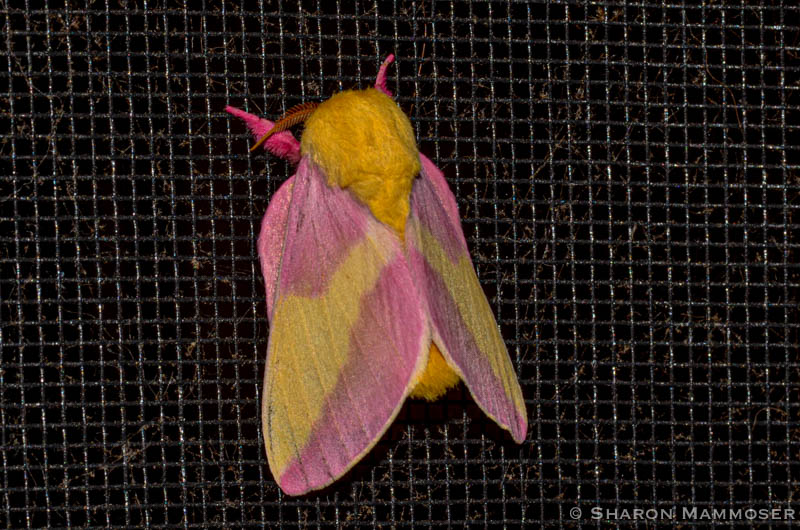
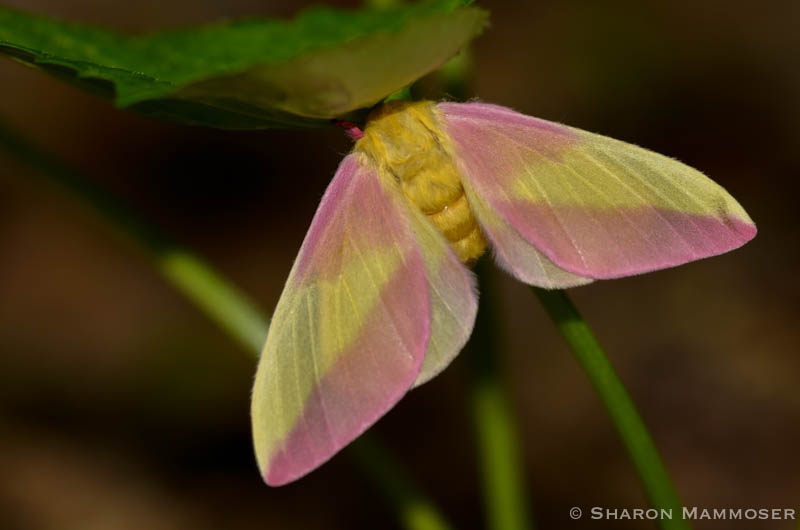
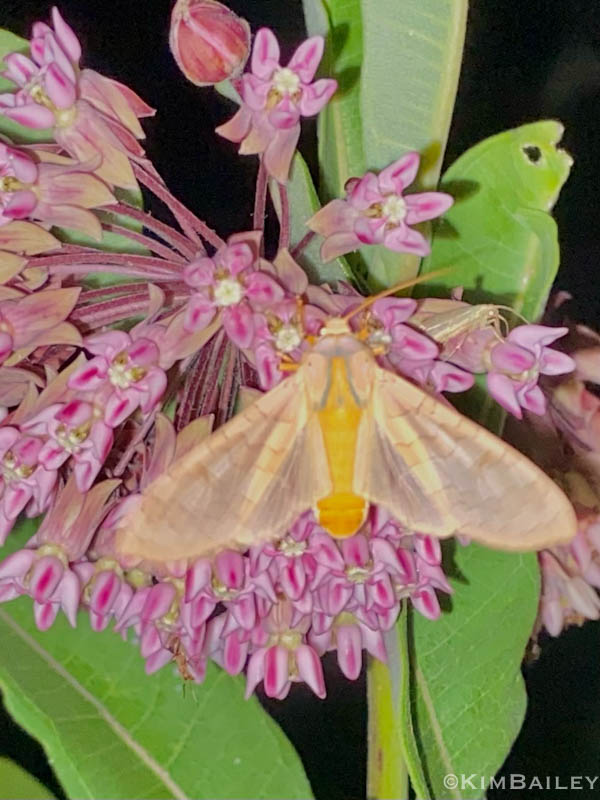
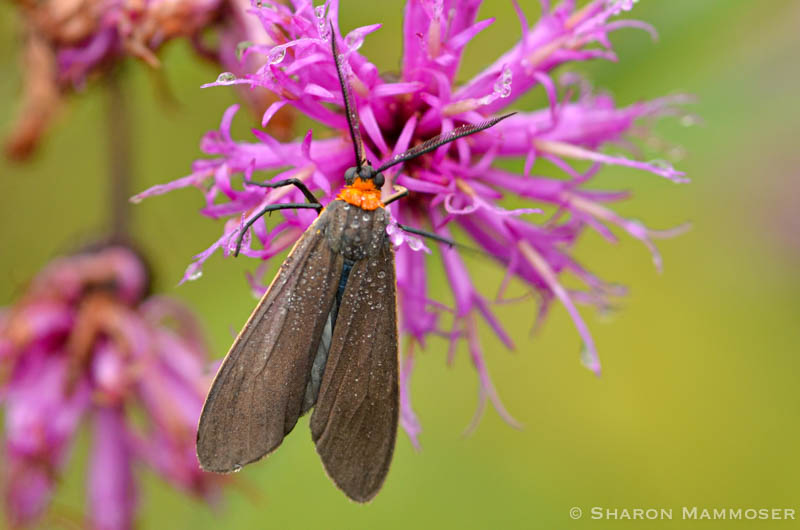
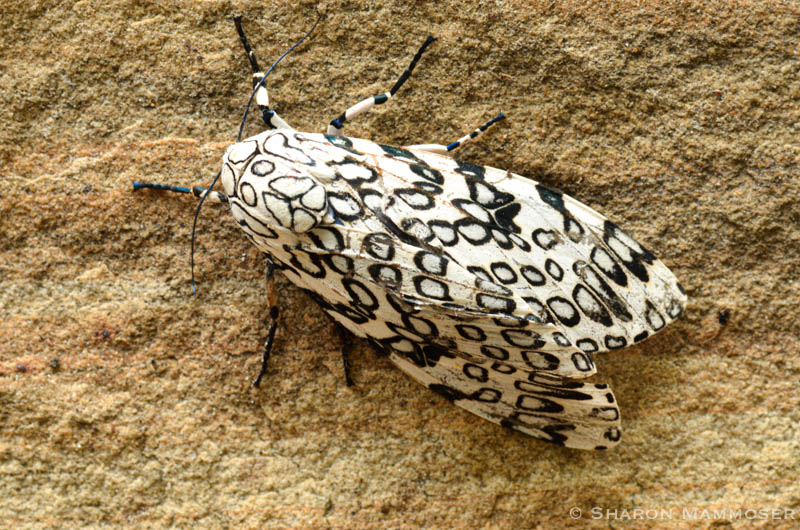
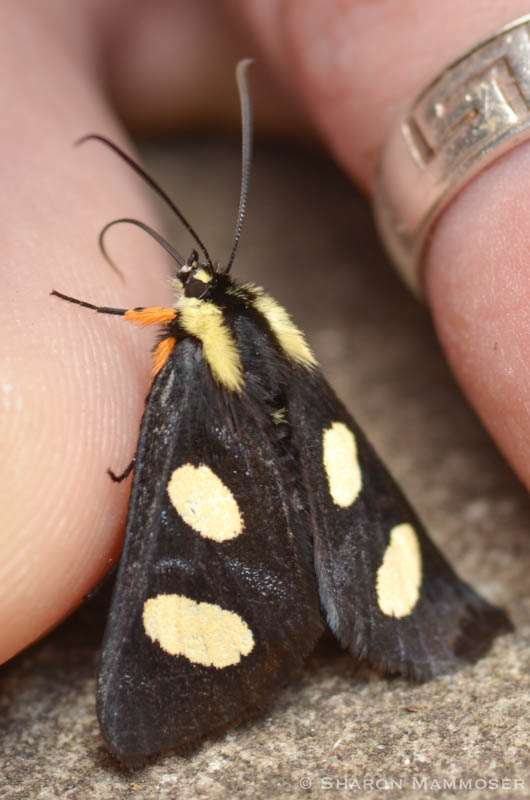
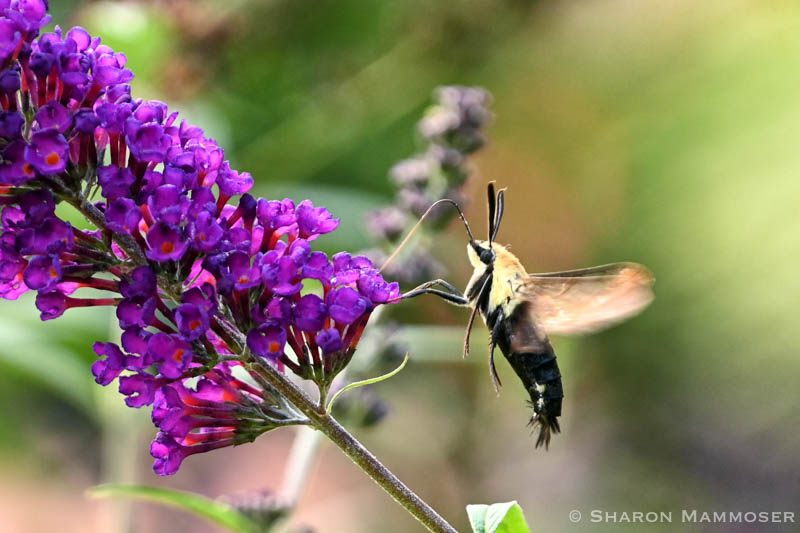
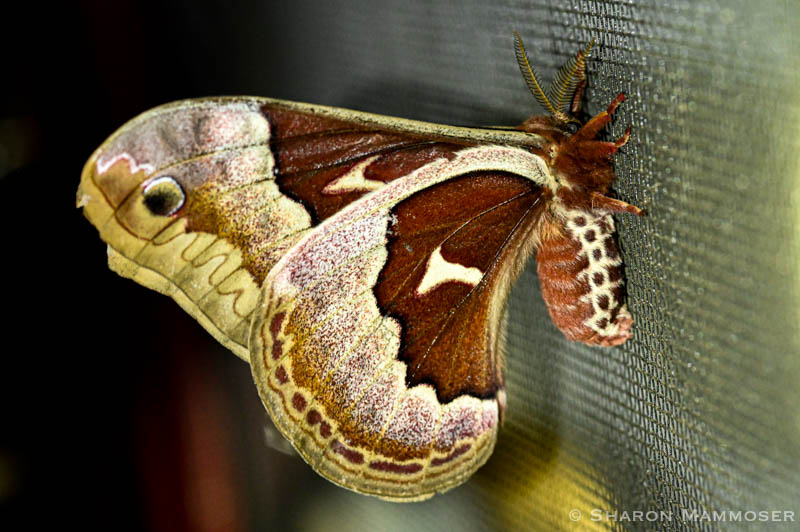
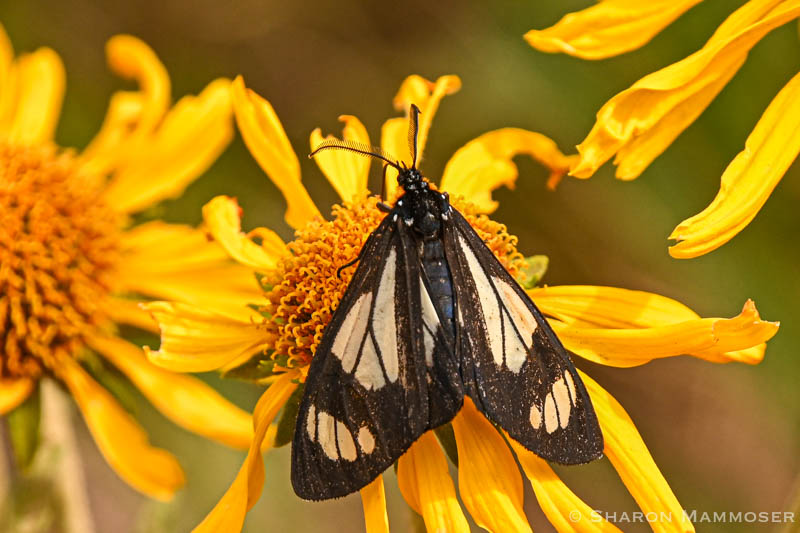
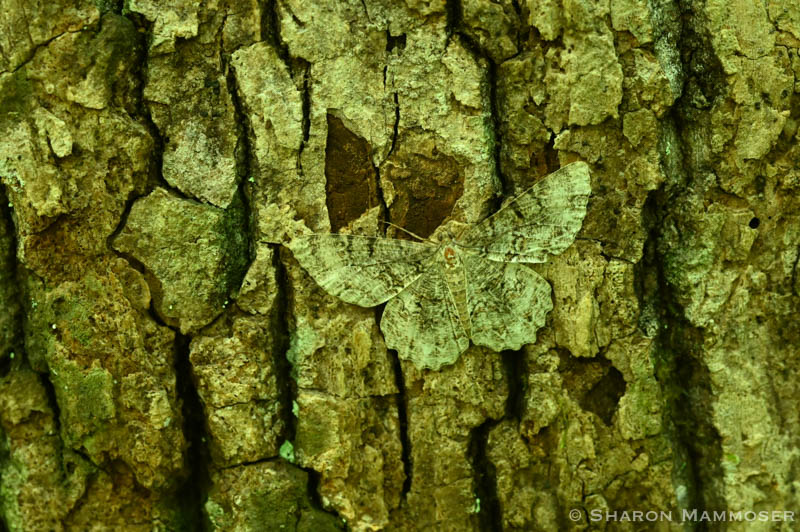
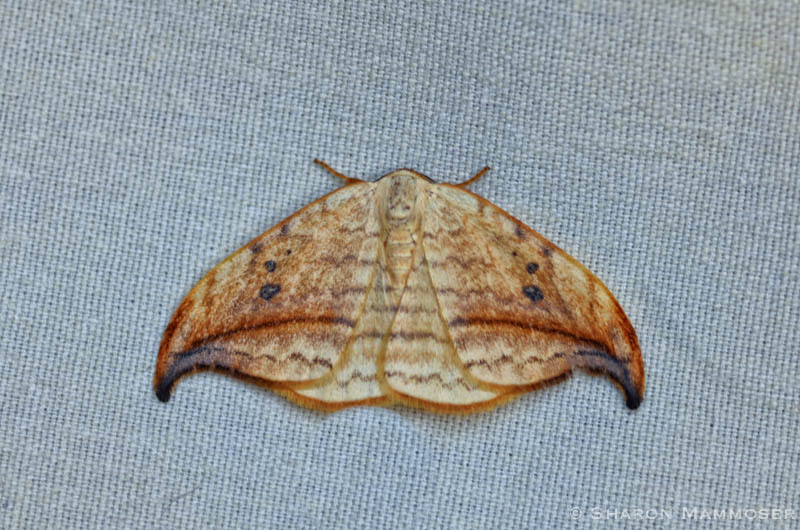
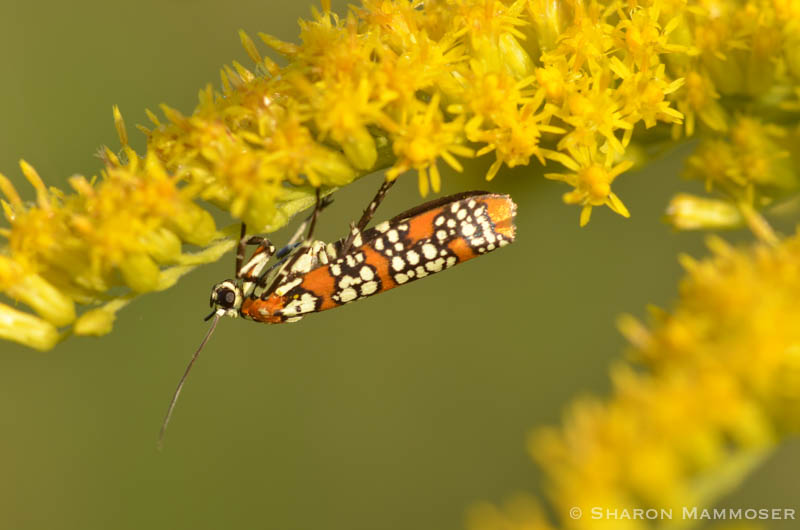
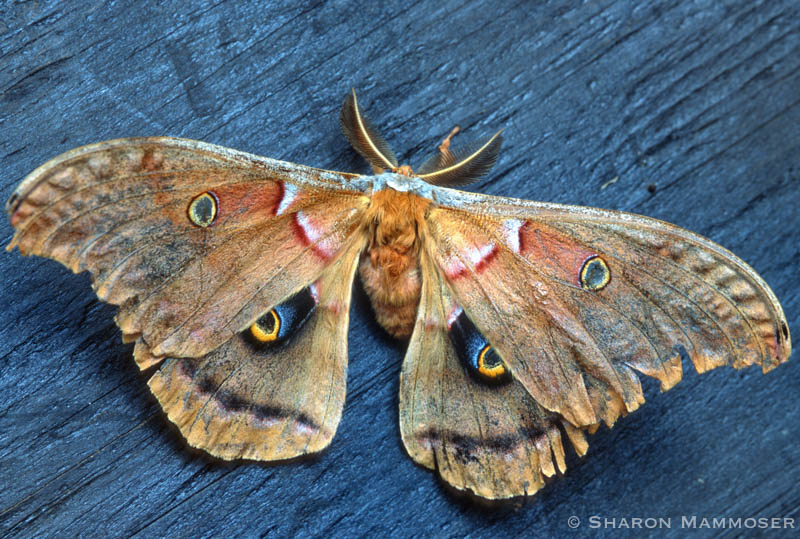
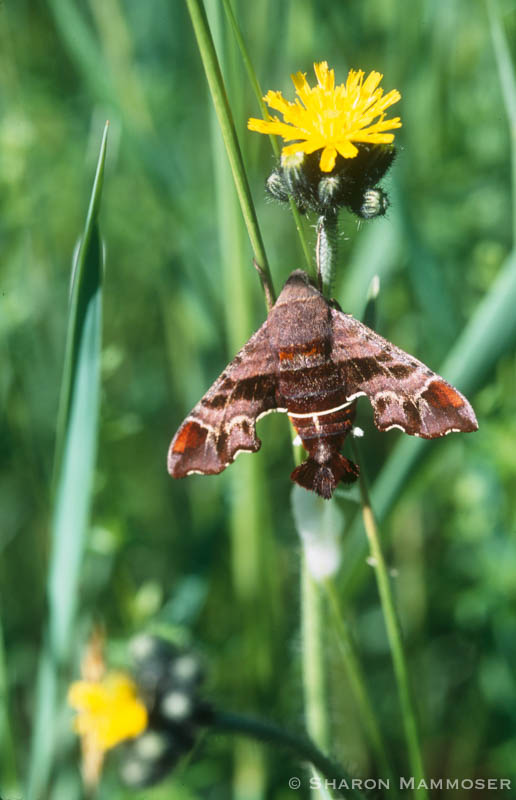
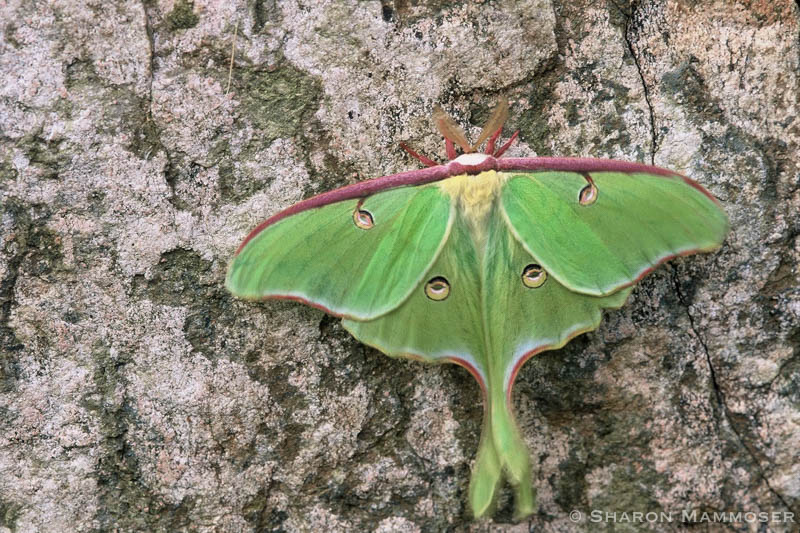

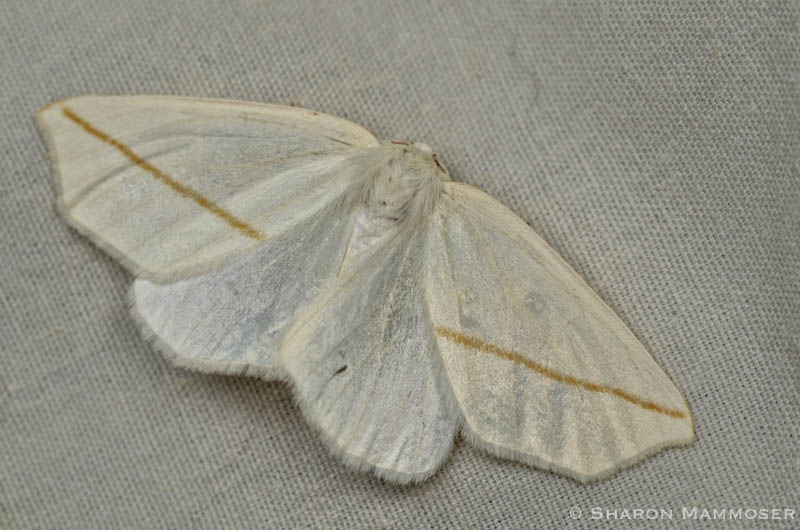
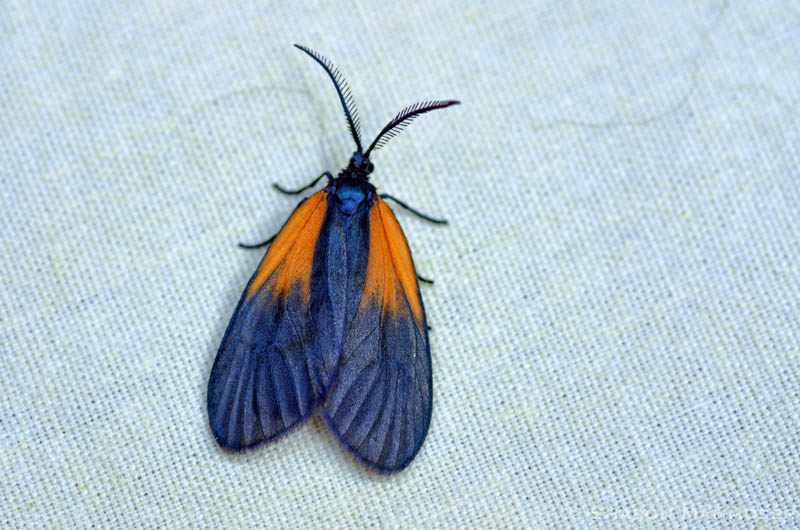
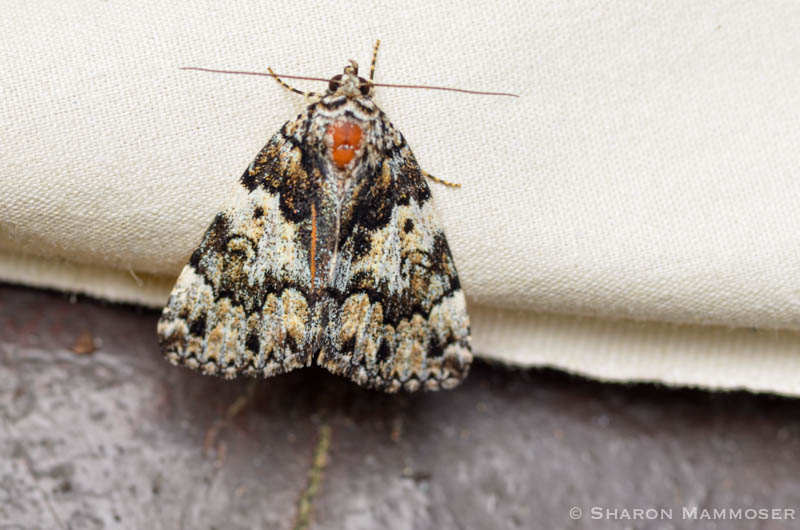
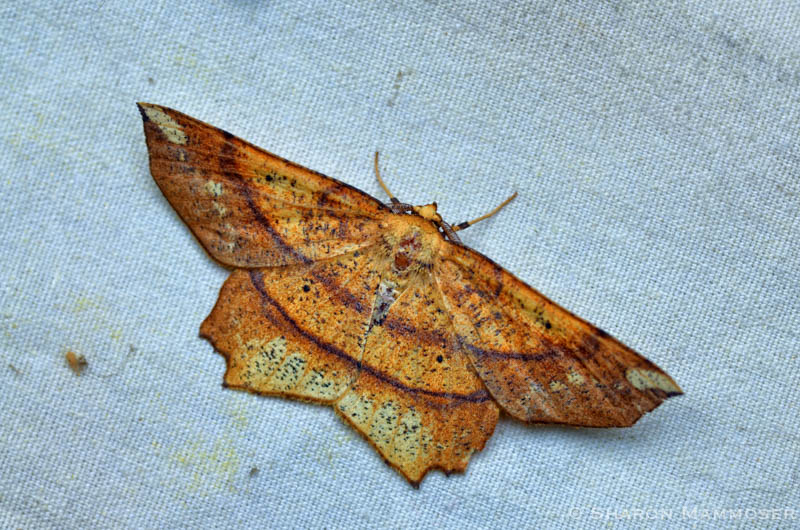

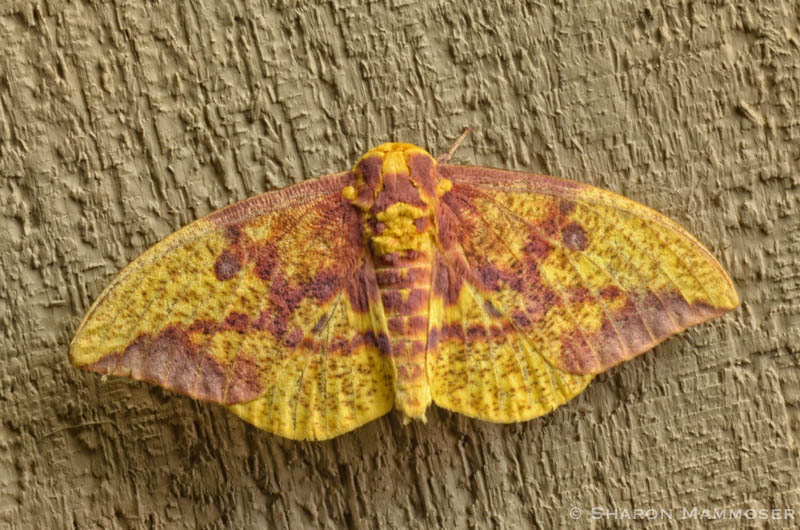
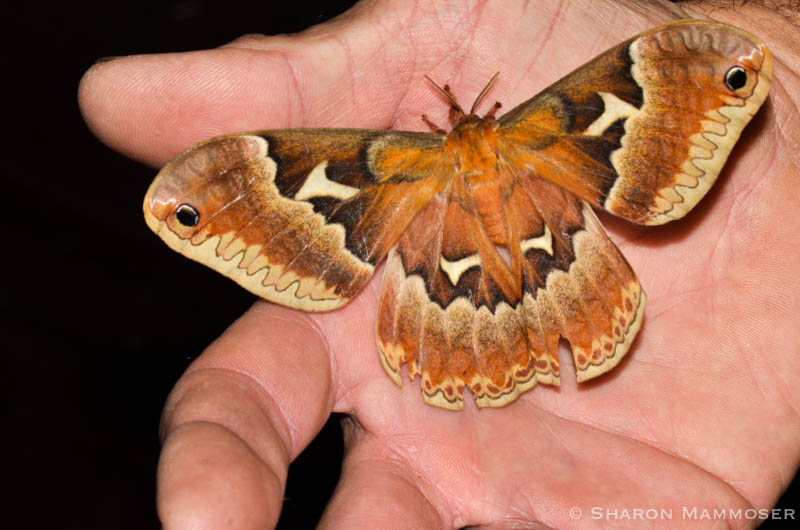

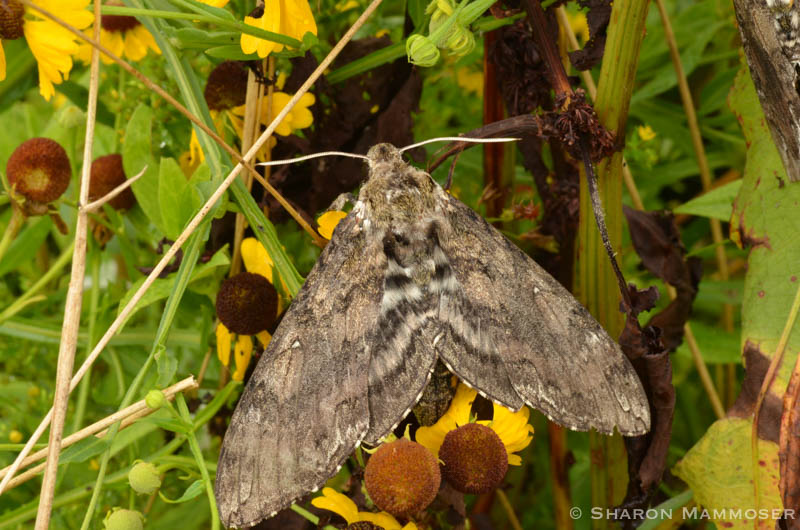
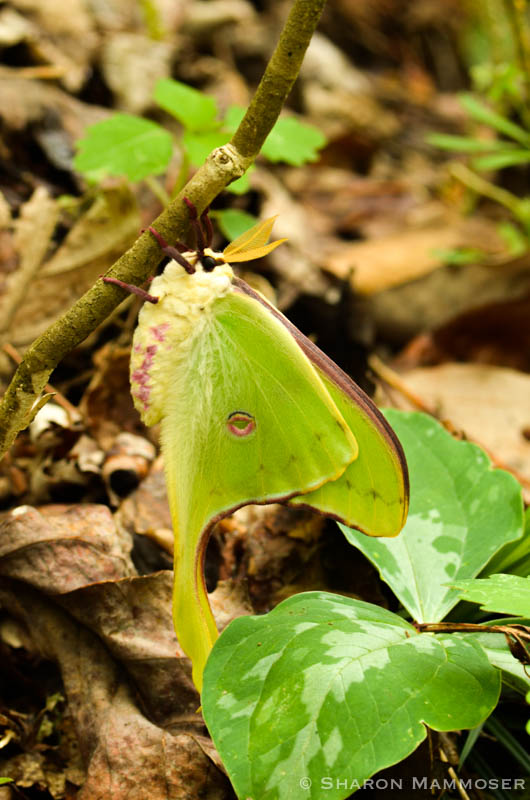
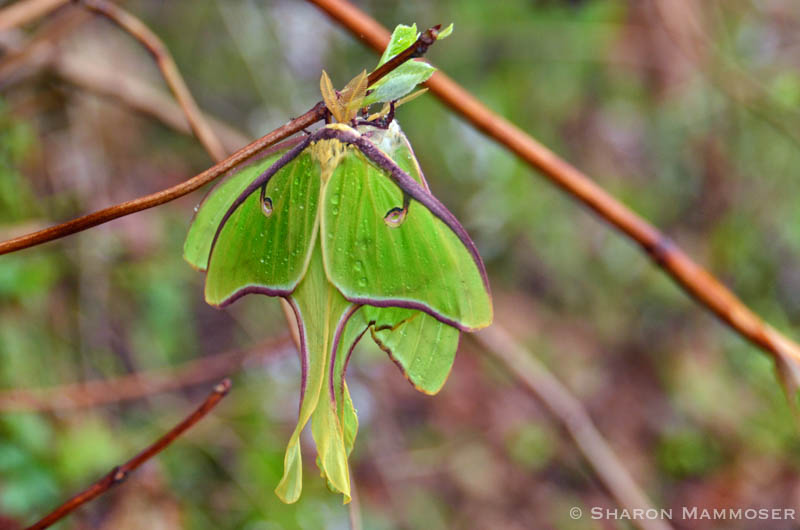
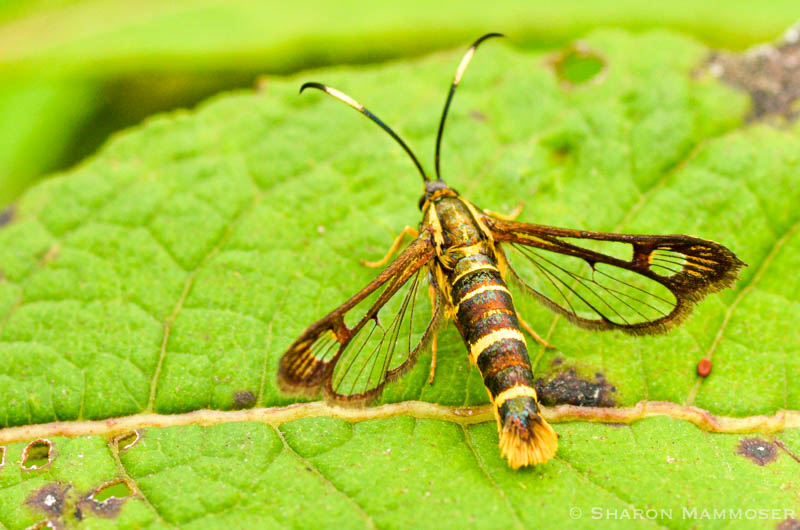

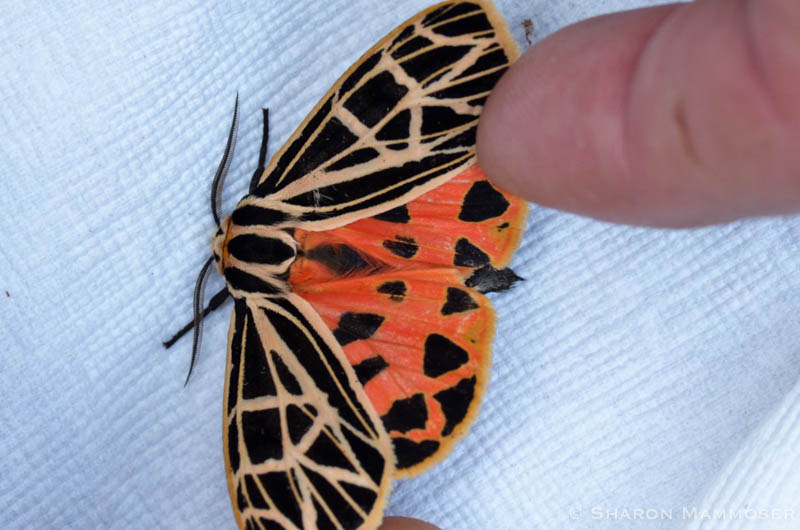
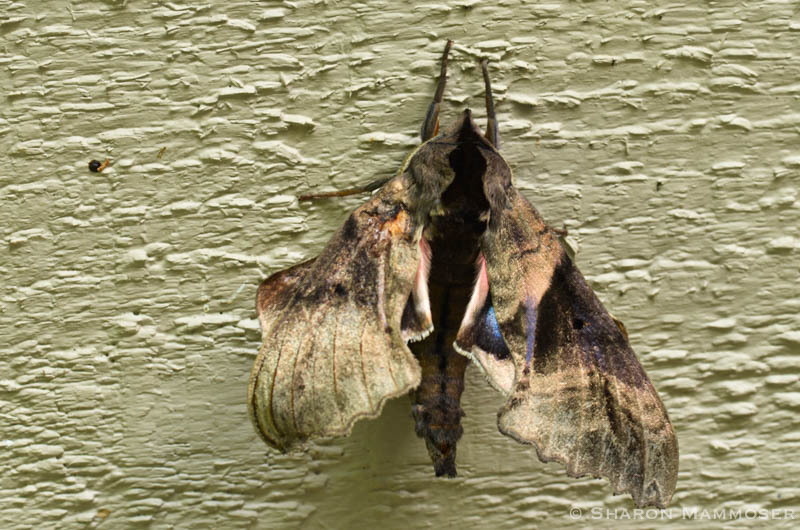
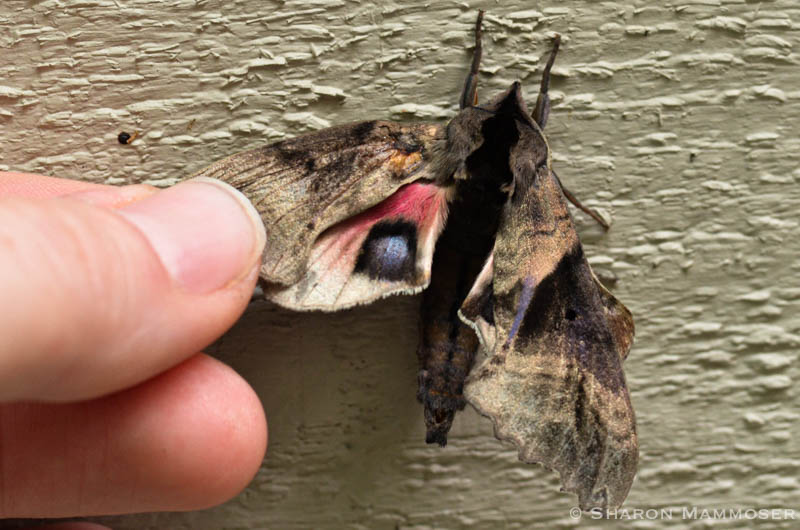
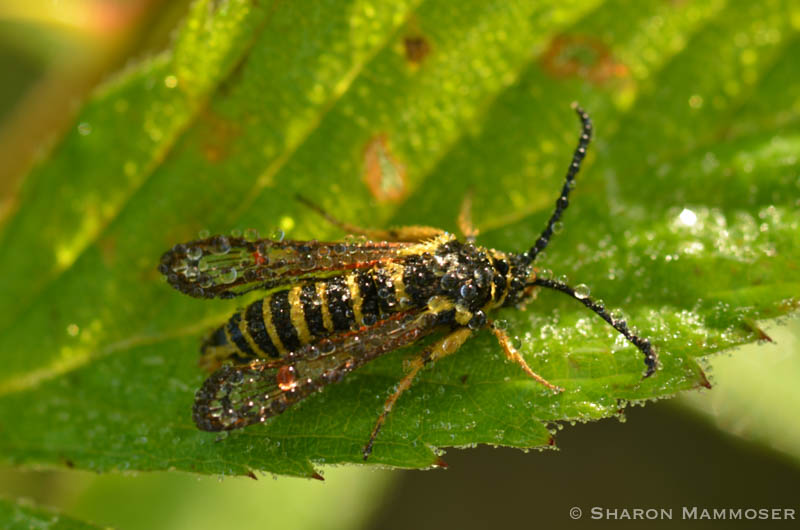
I hope you learned something new about moths! Also, I hope you’ll get outside and look for them. If you find any interesting ones, I’d love to hear about it. Use the comment box below. I’ll look forward to hearing from you!

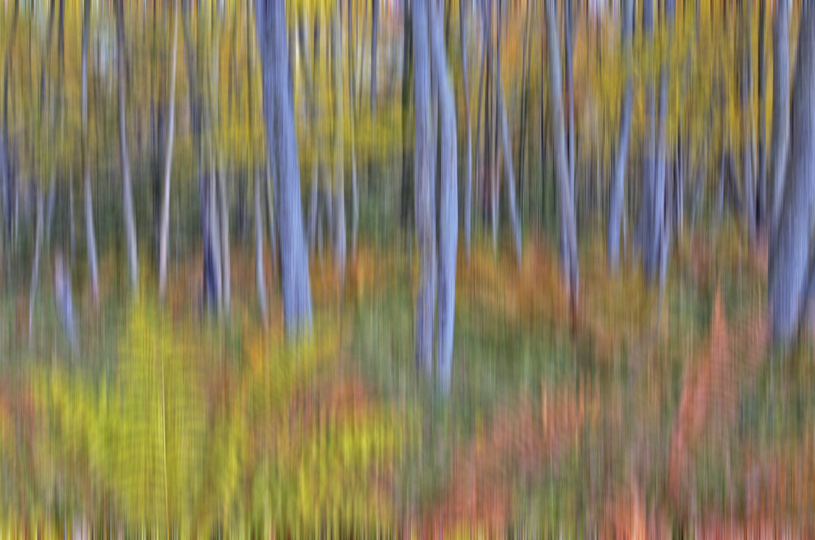
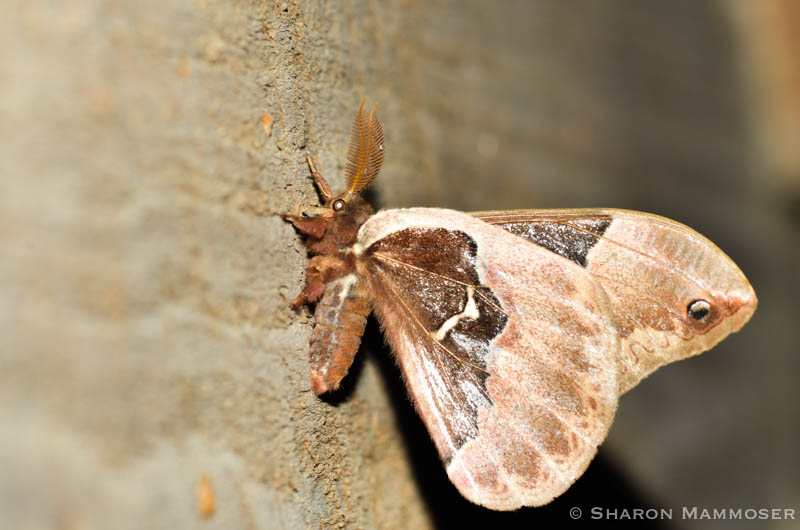
Such incredible photos. Some of the antennae would have fooled me
Thanks. Yes some are tricky but they are all markedly different than butterfly antennae— and the antennae of the insects they’re mimicking.